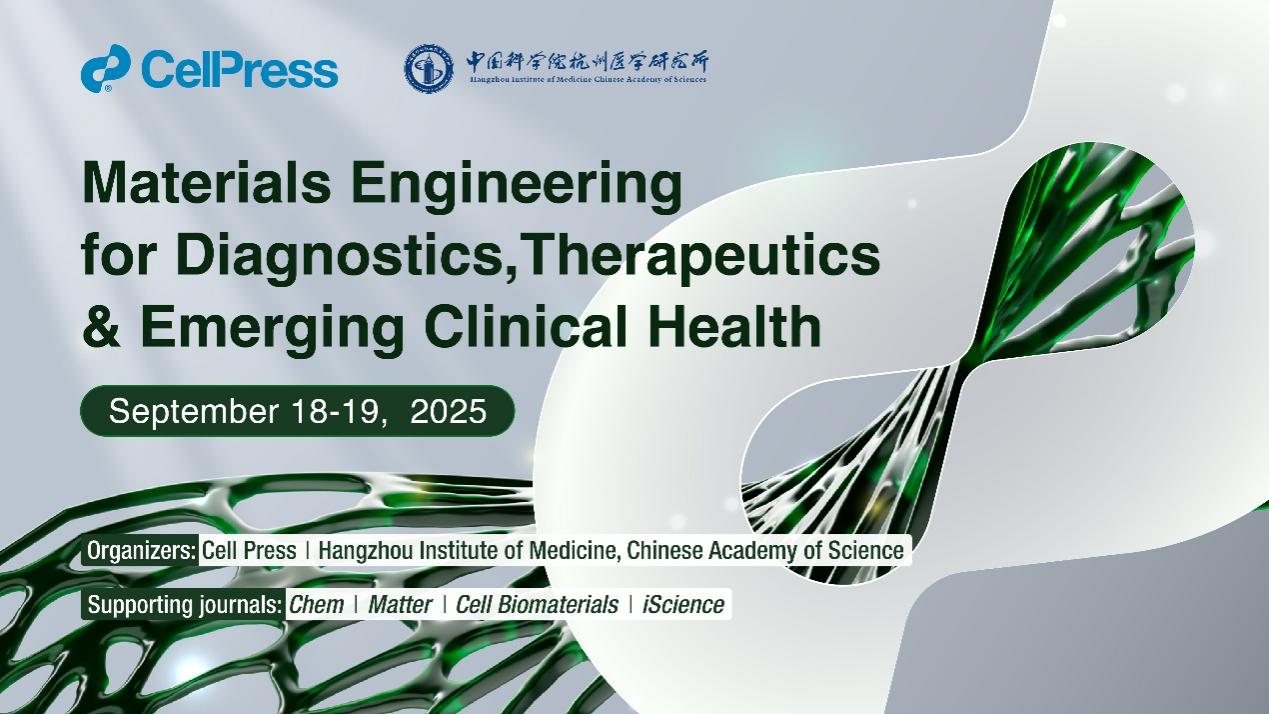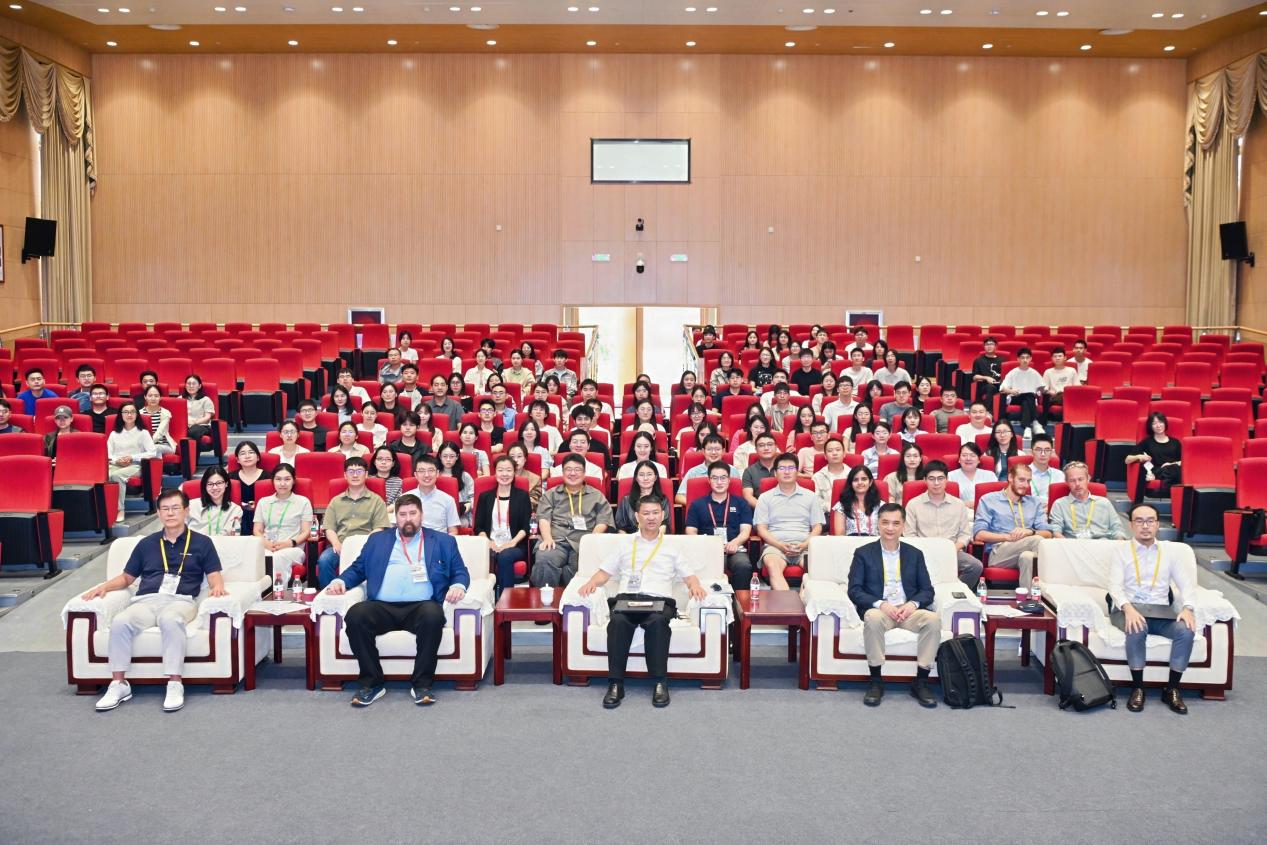
The international conference "Materials Engineering for Diagnostics, Therapeutics & Emerging Clinical Health," co-hosted by renowned publisher Cell Press and the Hangzhou Institute of Medicine, Chinese Academy of Sciences (HIMCAS), was successfully held in Hangzhou on September 18, 2025. The event brought together leading scientists and young scholars from China, the United States, the United Kingdom, Singapore, South Korea, Denmark, and other countries specializing in biomaterials, nanomedicine, micro-nano devices, and immune engineering. Participants engaged in in-depth discussions about the latest advancements and future trends at the intersection of materials science and clinical medicine.
The conference opened in a vibrant academic atmosphere. In his opening address, Academician Tan Weihong, Founding Director of HIMCAS, emphasized that biomaterials are not only a core driver of modern medical engineering but also a foundational technology for enabling precision diagnostics and personalized medicine. He highlighted the critical importance of interdisciplinary collaboration in advancing clinical translation. Steve Cranford, Editor-in-Chief of Matter, a flagship materials science journal under Cell Press, acknowledged China's remarkable achievements in integrating biomaterials and medicine in recent years. He reaffirmed Cell Press’s commitment to supporting global scientists in high-level exchanges and knowledge dissemination in this field.
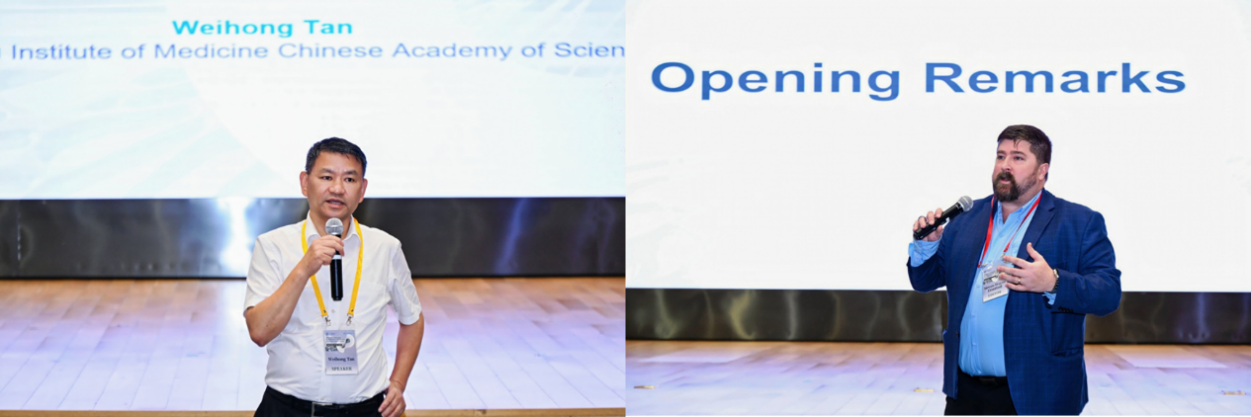
The first scientific session of the morning was chaired by Yuan Chu, Scientific Editor of Cell Biomaterials, a new journal under Cell Press. Academician Tan Weihong delivered a keynote titled "Aptomics," providing a comprehensive overview of the latest applications of nucleic acid aptamers in disease biomarker discovery, targeted drug delivery, and cellular microenvironment regulation. He also showcased a series of breakthroughs in chemical biology and clinical medicine achieved by HIMCAS. Professor Seung-Kyun Kang from Seoul National University presented innovative applications of biodegradable electronic devices in implantable medical equipment. These devices can degrade automatically after completing in vivo diagnosis or treatment, eliminating the need for secondary removal surgery and offering a promising technological pathway for future minimally invasive medicine.
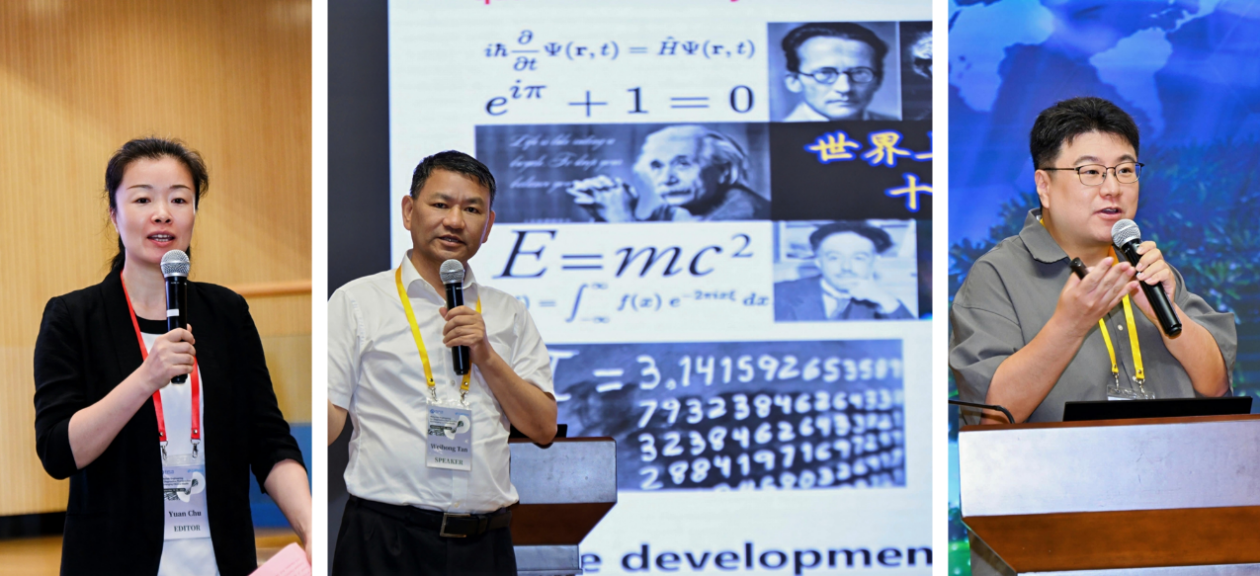
The second session was chaired by Dr. Qin Wu, a researcher at HIMCAS. Professor Alexander Zelikin from Aarhus University introduced the design principles and development prospects of "molecularly intelligent" materials in constructing biomimetic cells and controlling drug release. Professor Kanyi Pu from Nanyang Technological University focused on molecular optical probes, sharing multiple innovations from his team in live imaging, early tumor diagnosis, and combined photodynamic-immunotherapy.
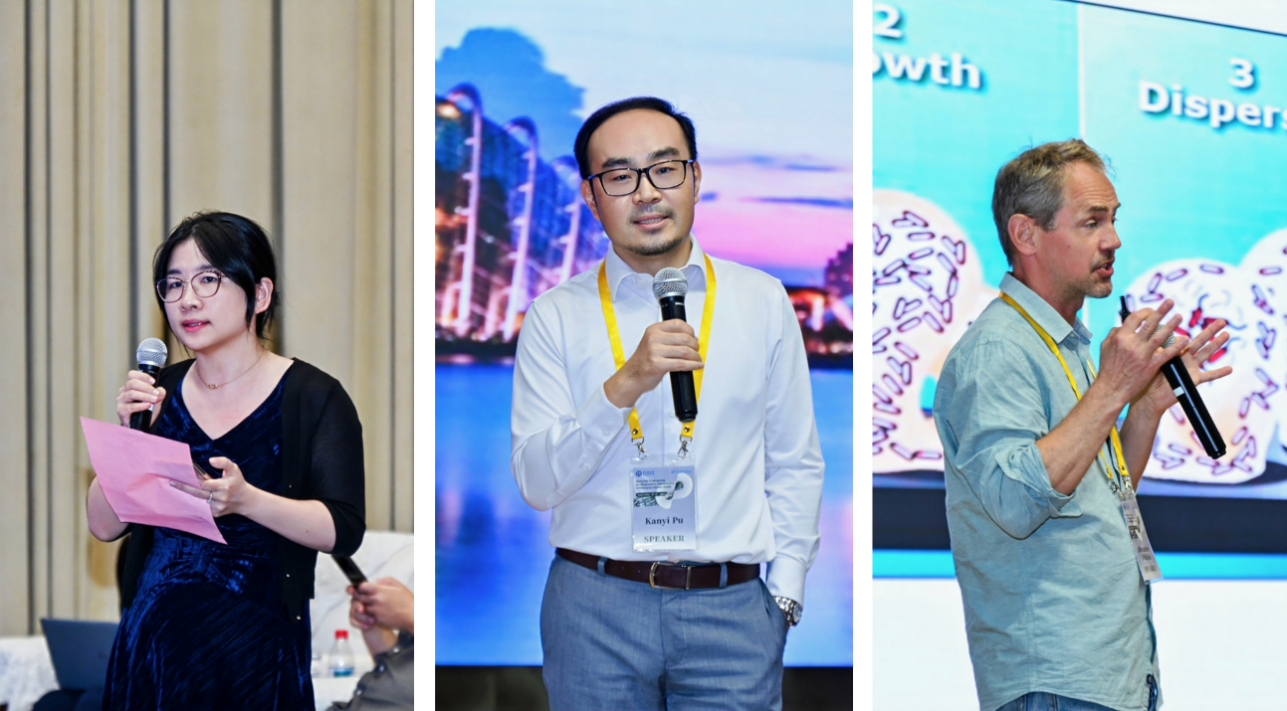
A highlight of the conference was the "Meet the Editors" session held in the afternoon. Attendees had the opportunity to interact face-to-face with Aishwarya Sundaram, Associate Editor of iScience; Jiqing Sun, Senior Scientific Editor of Chem; Steve Cranford, Editor-in-Chief of Matter; and Yuan Chu, Scientific Editor of Cell Biomaterials. The editors engaged in lively discussions on scientific writing, journal submissions, peer review processes, and trends in interdisciplinary research.
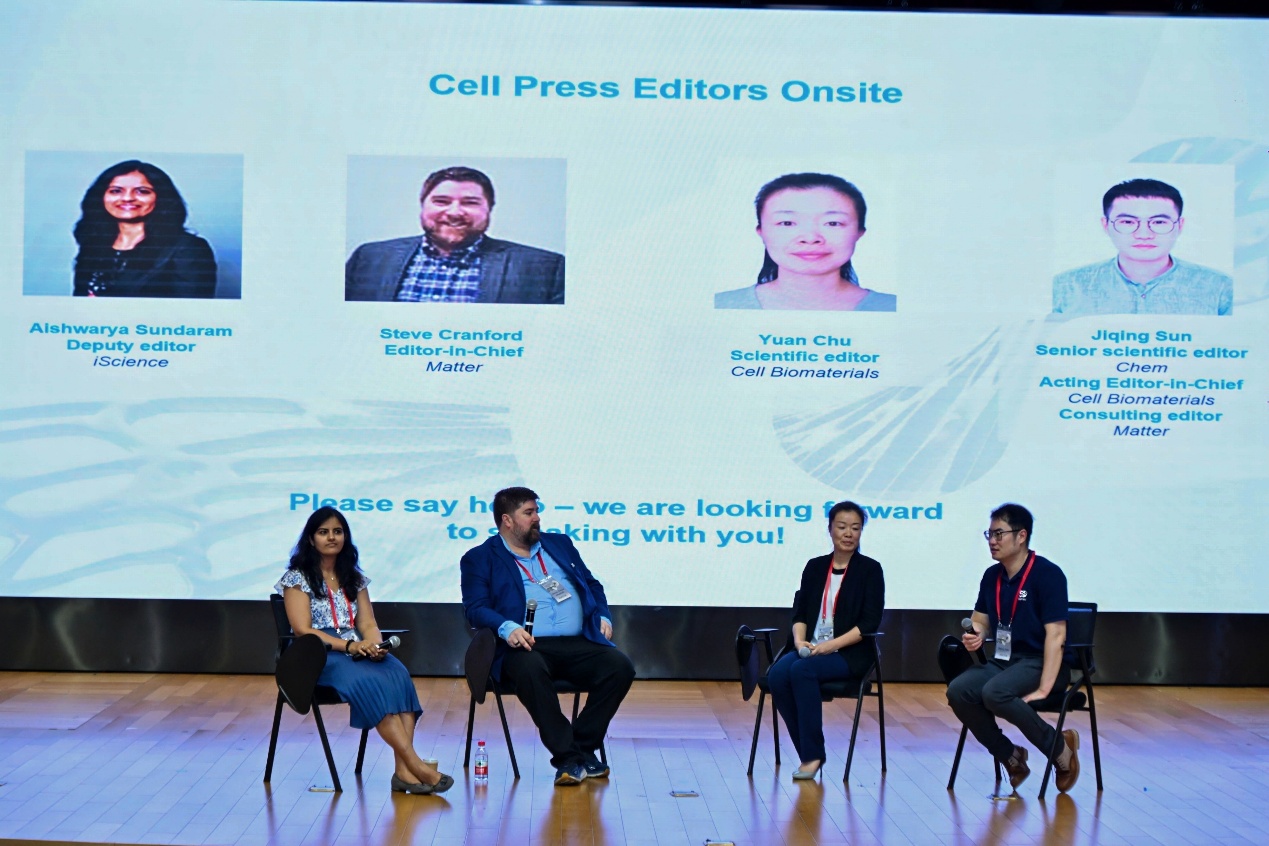
The third session was chaired by Aishwarya Sundaram, Associate Editor of iScience. Professor Song Li from the University of California, Los Angeles, elaborated on engineering strategies and application potential of biomaterials in CAR-T immunotherapy, cancer vaccines, and immune microenvironment regulation. Professor Dong-pyo Kim from Harbin Institute of Technology (Shenzhen) presented automated, integrated microfluidic platforms for synthesizing mRNA vaccines and lipid nanoparticles (LNPs), offering new insights for the industrialization of mRNA pharmaceuticals.
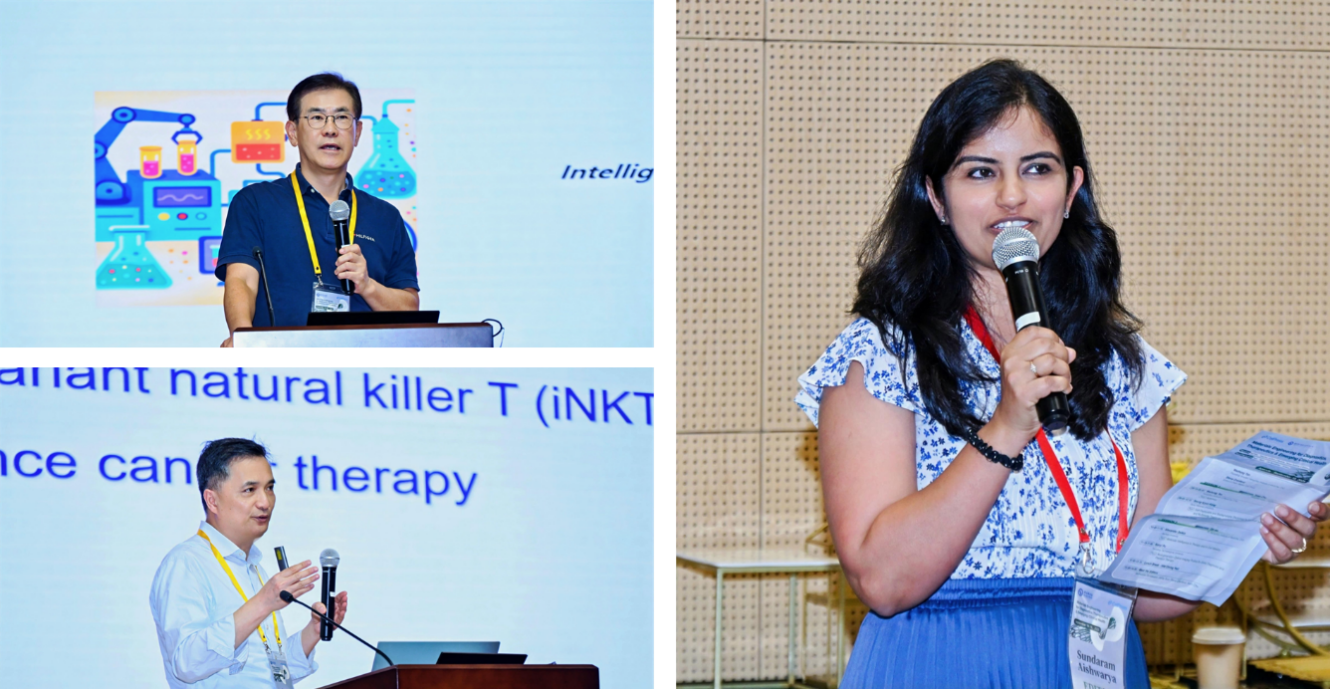
The fourth session, chaired by HIMCAS researcher Dr. Meng Zhao, featured Professor Yamin Zhang from the National University of Singapore, who shared her breakthroughs in flexible biocompatible batteries and self-powered medical devices. These miniaturized devices can be implanted long-term for real-time monitoring and treatment. Professor Lorenzo Di Michele from the University of Cambridge reported on recent advances in constructing artificial RNA condensates and organelles using genetically encoded techniques, providing new tools for synthetic biology and intracellular metabolic regulation.
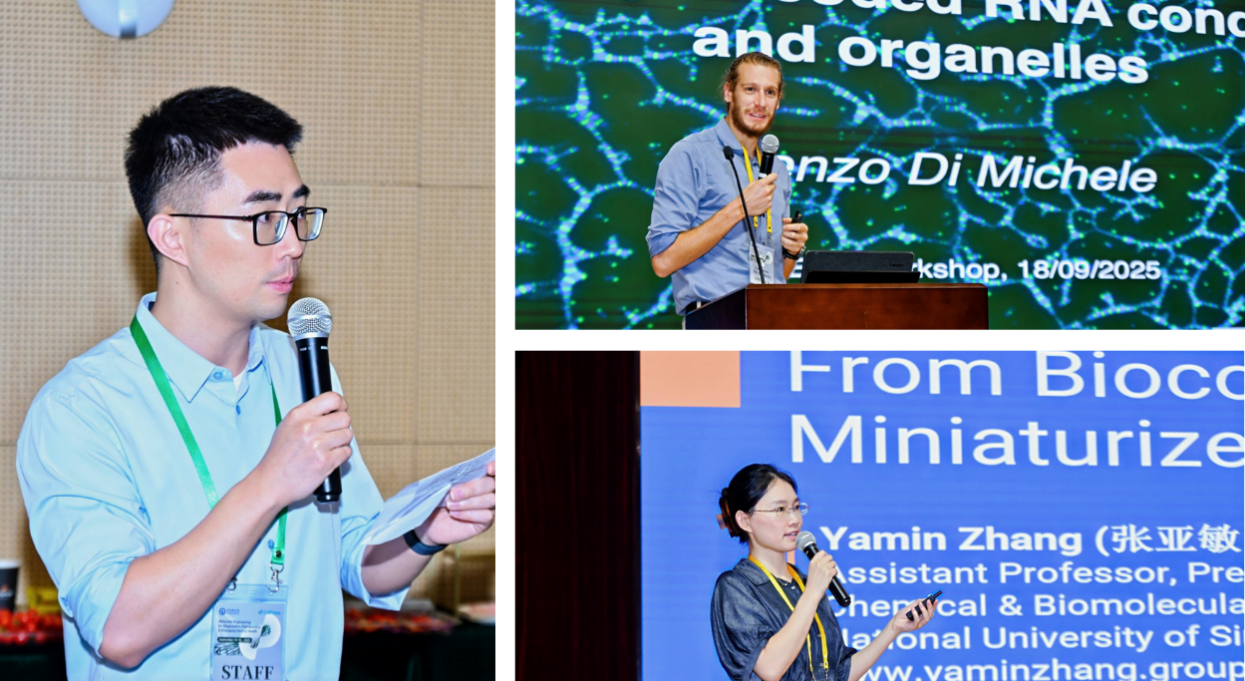
During the closing remarks, Dr. Da Han from HIMCAS and Cell Press Editor Jiqing Sun delivered summaries. Dr. Han noted that the conference demonstrated the full innovation pipeline from basic research to clinical application of biomaterials, underscoring China's growing international influence in the field. Jiqing Sun emphasized that Cell Press will continue to promote the integration of materials science, chemistry, and biomedical science, supporting high-impact research with clinical potential.
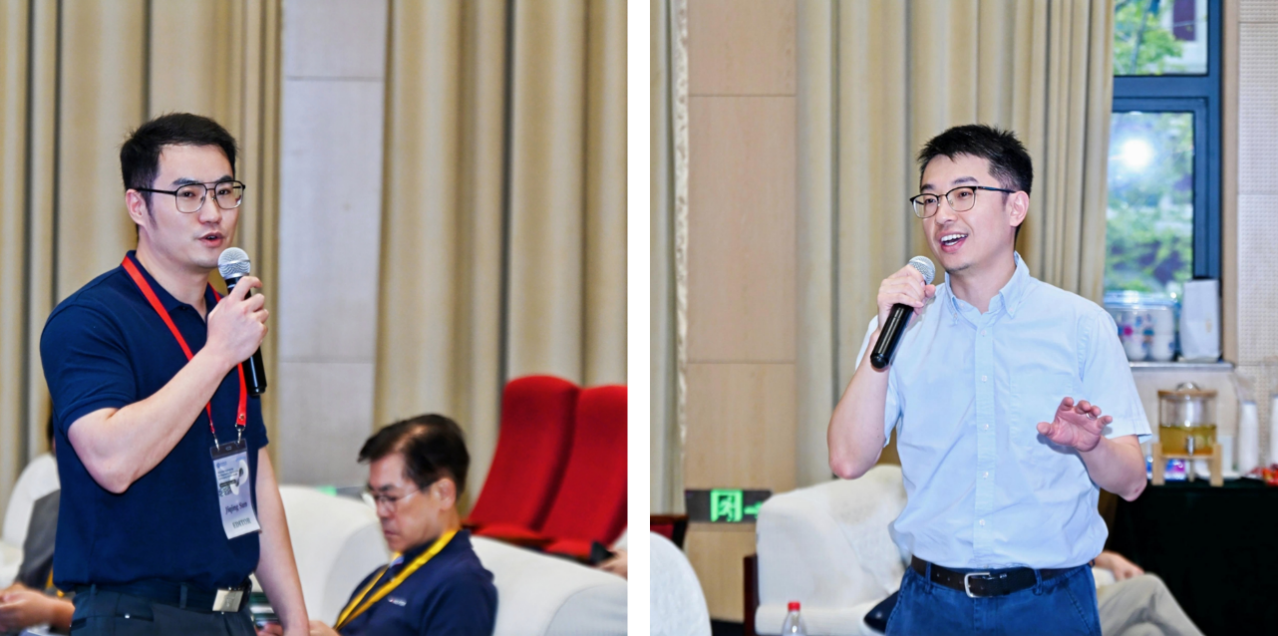
The conference covered multiple frontier areas including molecular diagnostics, controlled drug release, biodegradable electronics, microfluidic synthesis, immune engineering, and miniaturized energy devices, highlighting the central role of materials engineering in building the future of intelligent healthcare. The successful event not only provided a high-level platform for global scientific exchange but also injected new momentum into the development and international collaboration of biotechnology in China.
